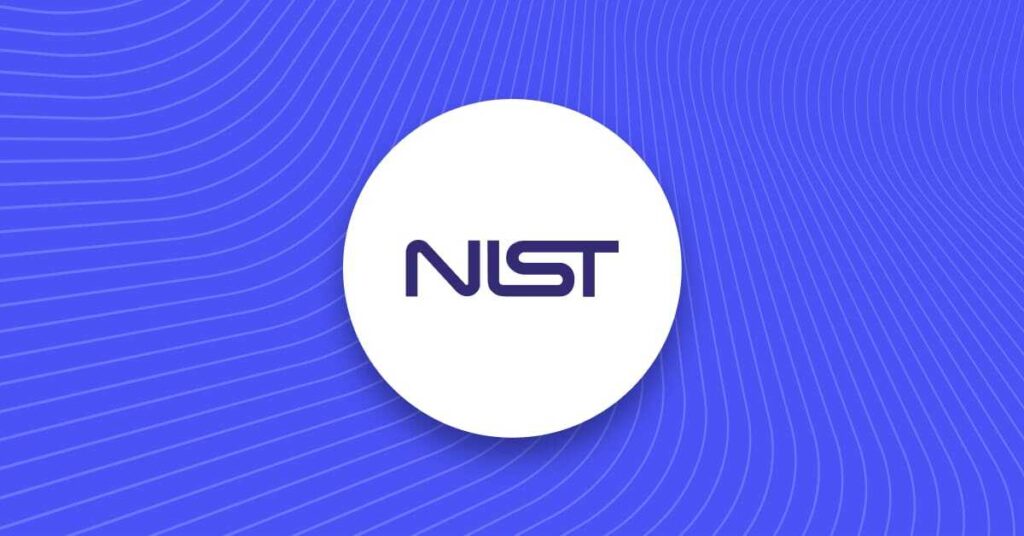
The process for KYC (or 'know your customer') can consist of ID record checks, document and biometric verification, PEPs and watchlist checks, or any other methods of determining a customer’s identity and risk level to an organization. KYC is a critical part of onboarding in the financial industry and is a part of wider anti-money laundering (AML) practices.
Understanding KYC is vital for financial institutions and their staff, but it’s not always a simple process. There are many variables to consider when developing a KYC compliance program, including risk assessment, compliance training, document verification, and more. On top of that, KYC compliance will look different by industry, institution, and even country to country. With that in mind, what is KYC going to look like for your organization, and where is the best place to start? Keep reading for some explanations of KYC, why KYC is important, and tools to make compliance easier for your organization.
What is KYC verification?
KYC verification is a process that allows organizations to identify money laundering, identity theft, and financial fraud. Requirements differ depending on laws in that institution’s location and the services they offer. For example, in the United States, KYC regulations follow the requirements set by laws such as FINRA Rule 2090 or the Bank Secrecy Act of 1970. You can find an overview of the regulatory landscape for financial services in our compliance manager’s guide to KYC.
How is KYC performed?
In practice, KYC requires three key components: verifying a new customer’s identity, assessing them for risk, and continuously monitoring them for changes. Each of these includes multiple steps depending on the client’s initial risk level and the specific institution’s requirements. To illustrate KYC requirements for banks, let’s use an example customer — Jane — who needs to be verified by a fictional bank, Writers Credit Union.
- Identity verification may look like asking Jane to submit a valid ID or passport, completing biometric verification, and providing proof of address. Depending on the results of Jane’s initial risk assessment, she may be asked to provide more or less information. This is because some customers are inherently high-risk. For example, since Jane has run for political office, she may be a politically exposed person (PEP): an individual who is or has been entrusted with a prominent function in government. Many PEPs hold positions that can be abused for the purpose of laundering illicit funds or other predicate offenses such as corruption or bribery. Because of this, Jane is a higher-risk customer — regardless of whether or not she’s committed any illegal activity.
- Risk assessment, better known as customer due diligence (CDD), is the process of investigating any potential red flags after verifying Jane’s identity. To perform CDD for Jane, the Writers Credit Union will need to check various databases for suspicious activity and look into her previous relationships with other organizations. They may do this by reviewing her transaction history, looking into any entities she’s done business with, or verifying basic information about her.
- Continuous monitoring is vital regardless of the customer’s risk level upon initial assessment. Since Writers Credit Union has hundreds of members — each with their own accounts, finances, and personal information — regular checkups on all their customer base ensures suspicious activity will be caught as quickly as possible. Since Jane is an inherently high-risk customer, she will require more monitoring than most other customers.
These three components of KYC will look different for each country, organization, and specific customer that requires assessment. But with the right tools and a comprehensive KYC program, institutions like Writers Credit Union can keep themselves — and Jane — safe from bad actors.
How to do KYC compliance with Onfido
If you’re in the process of fortifying your KYC procedure, look to Onfido for expert help and easy-to-use solutions. Our Real Identity Platform helps with global verification through a variety of features, including:
- A Verification Suite complete with biometric verification, fraud detection, and more
- No-code customization of your KYC workflow through Onfido Studio
- Award-winning Atlas AI for accurate and automated identity verification
- Seamless document verification for over 2,500 document types worldwide
In addition to everything our Real Identity Platform provides, we at Onfido are experts in worldwide KYC/AML regulations. This means that no matter where you are or what your organization does, we know what it takes to keep you (and your customers) safe from fraud.
The Real Identity Platform is trusted by over 1,100 businesses worldwide to navigate KYC/AML requirements and stop fraud — check out our Guide to Digital Identity Verification to learn why identity verification is the cornerstone of effective KYC, and what to look for when assessing partners.
If you’d like to learn more about Onfido and the solutions we provide, take a tour of our platform or reach out to us directly to book a meeting.





